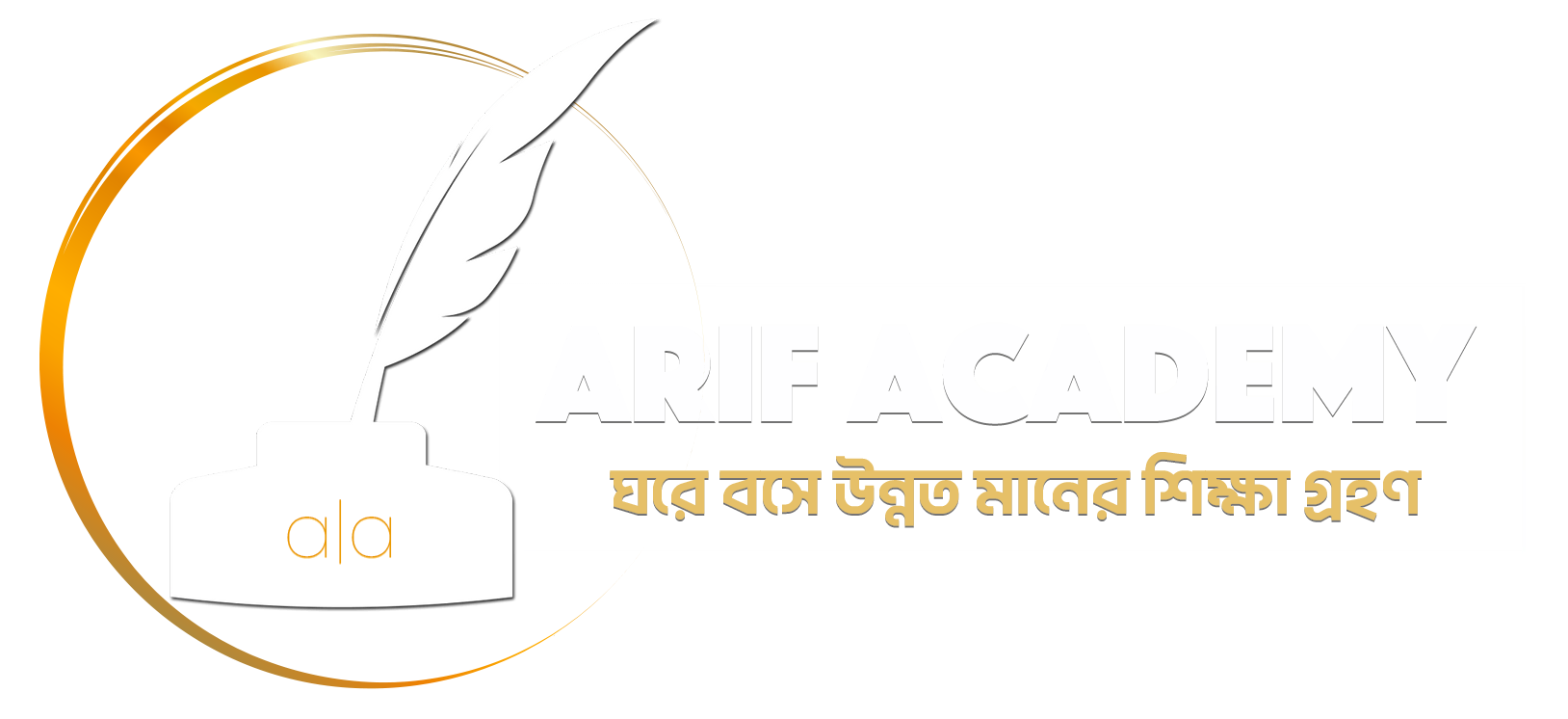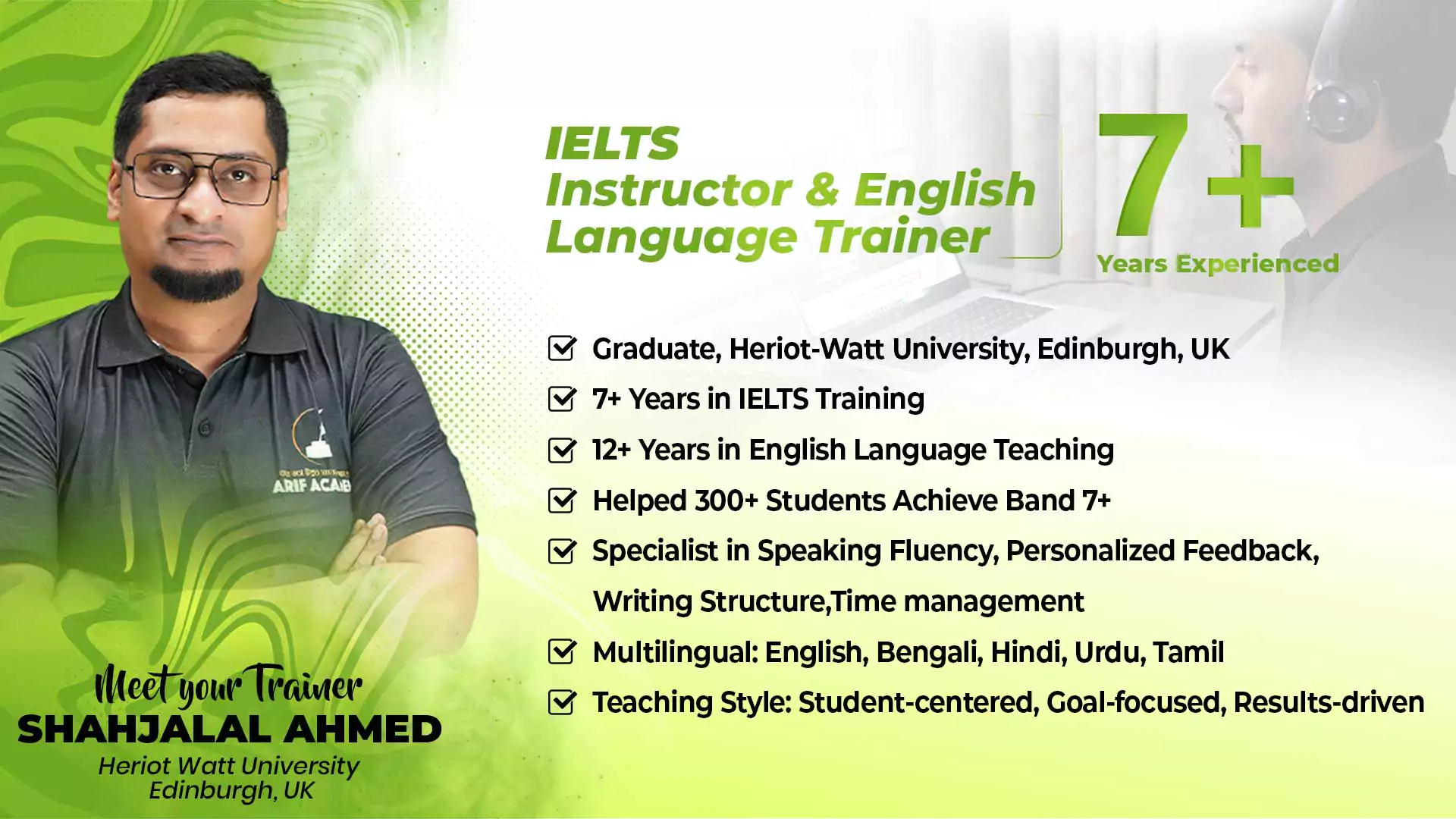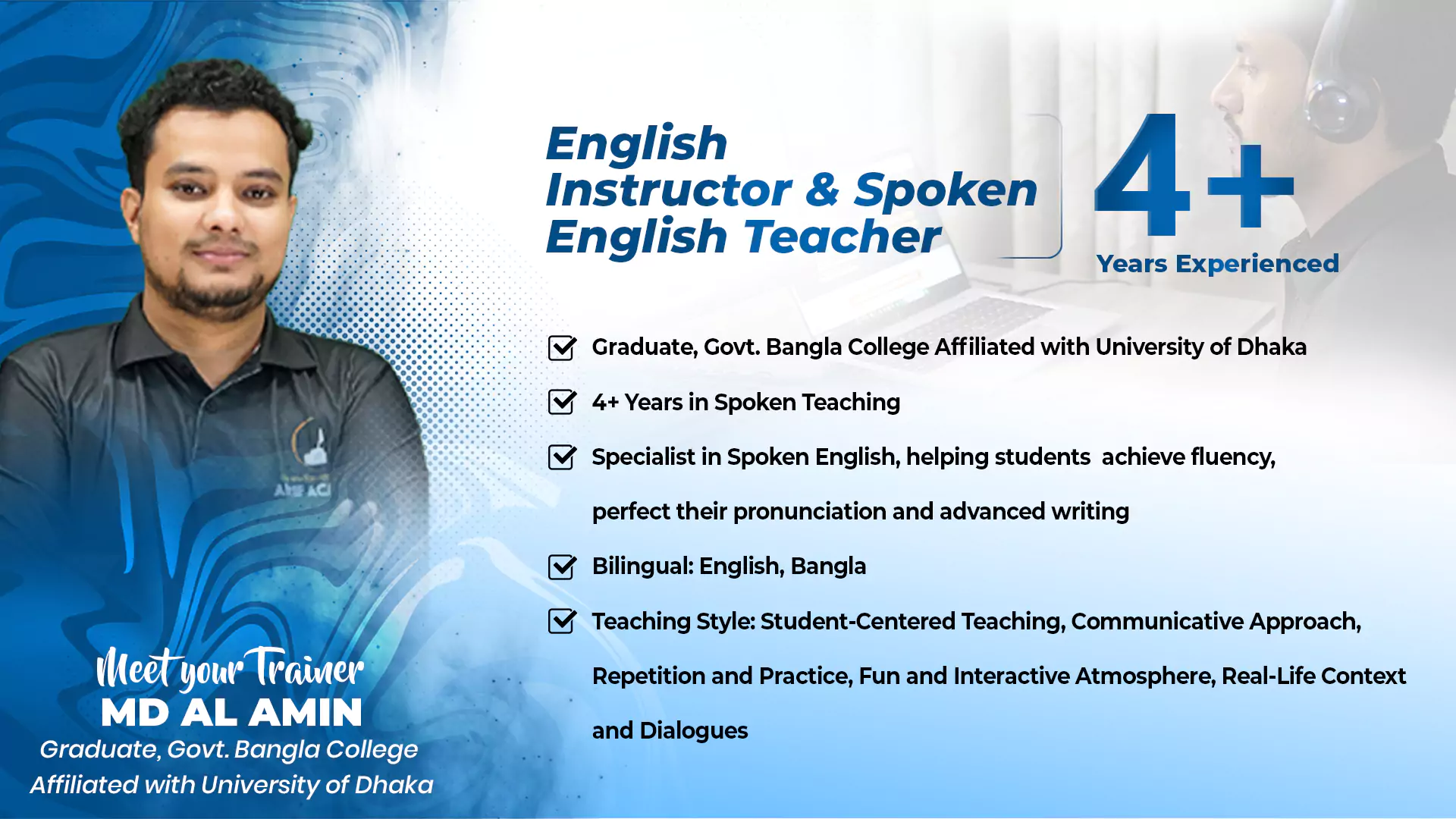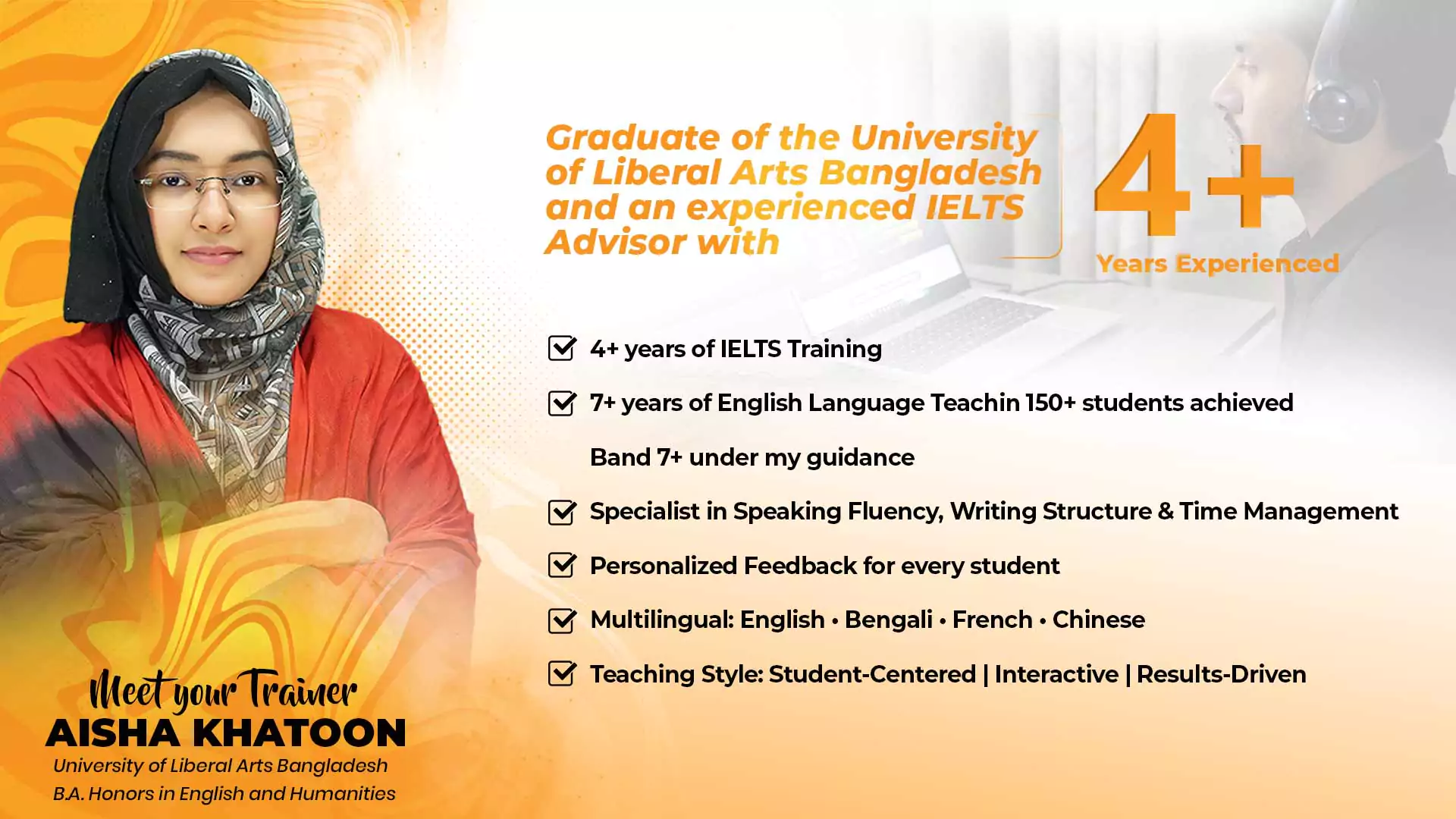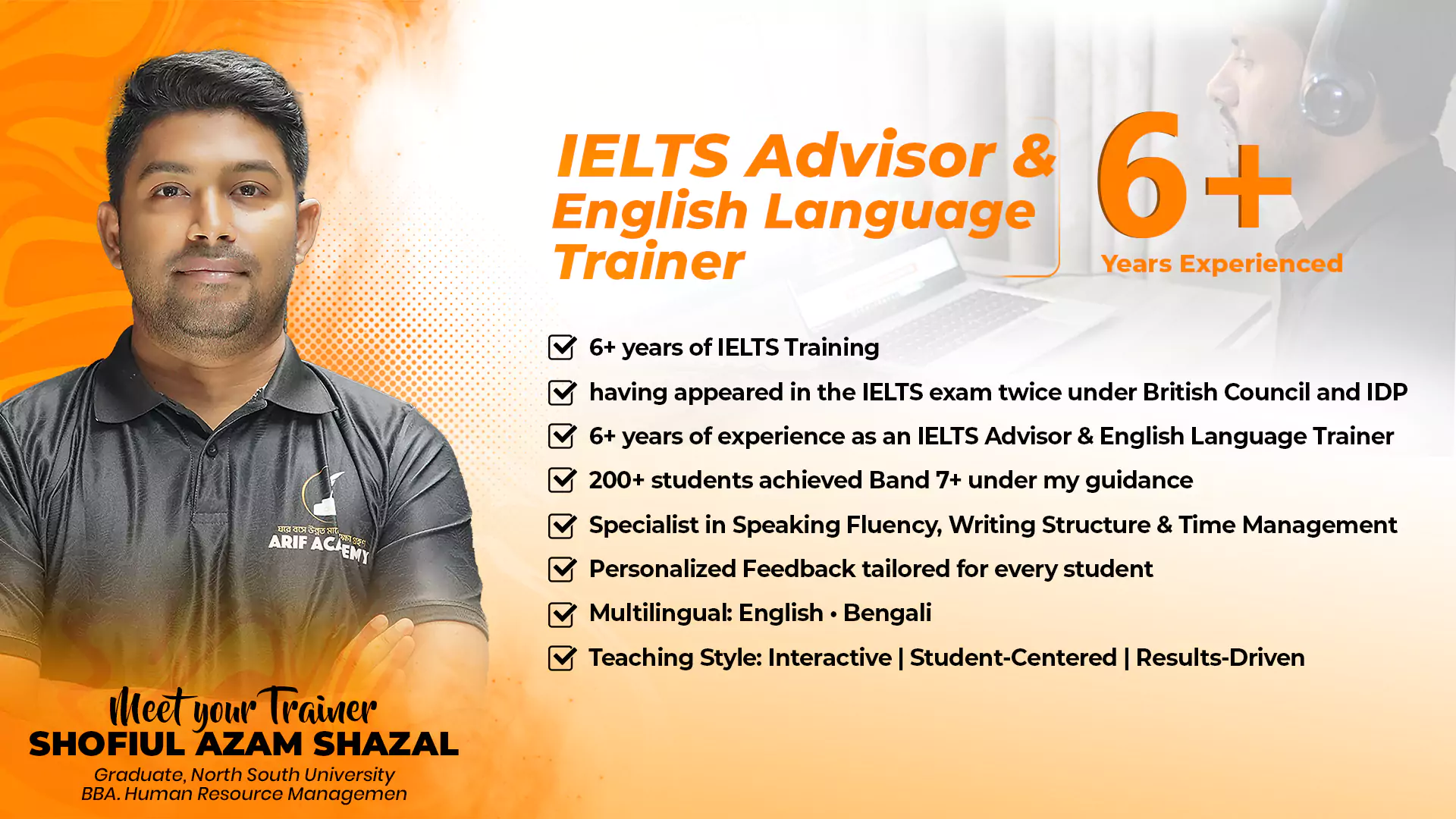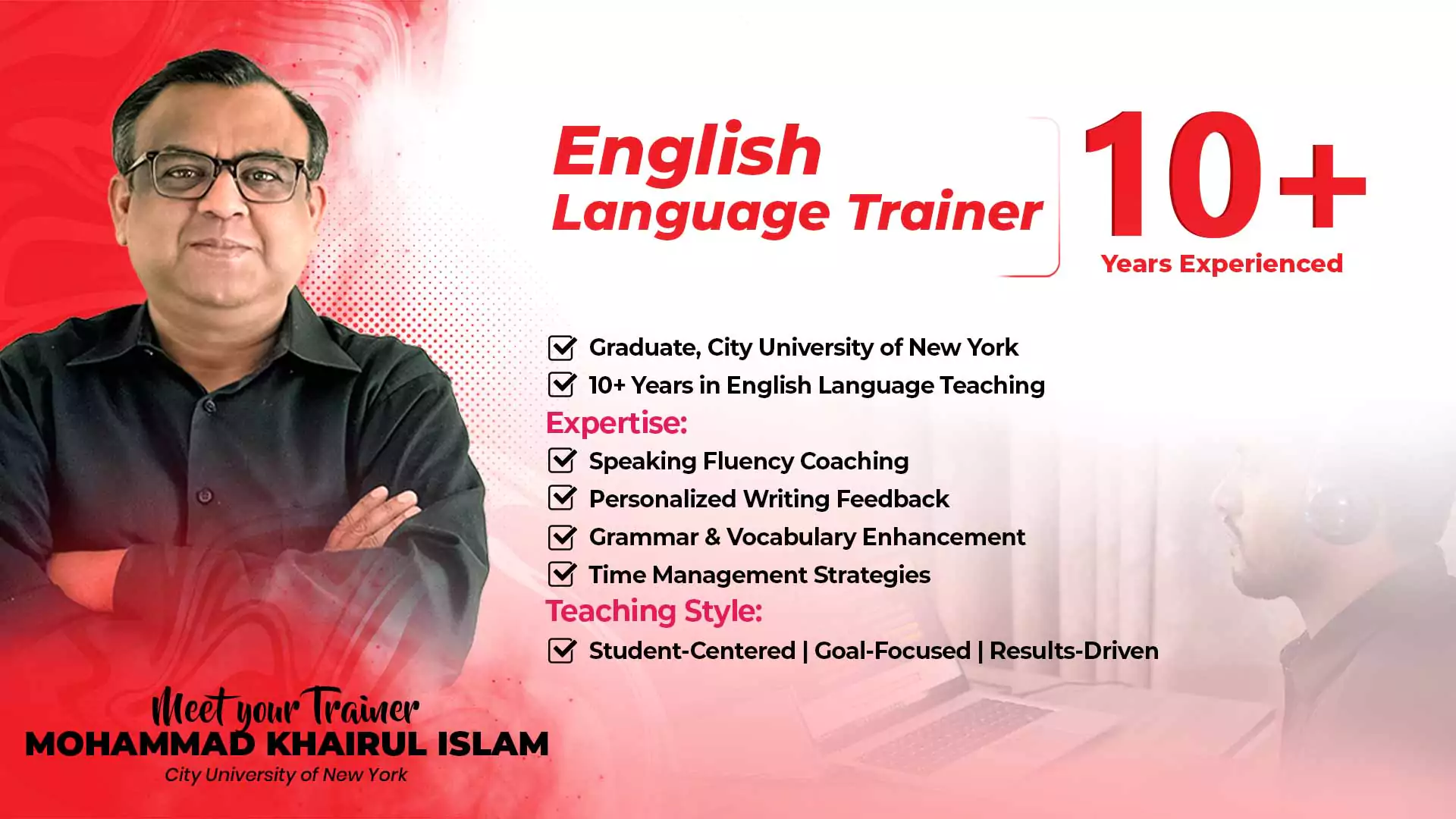Scoring high on the IELTS Writing section (especially aiming for Band 7 and above) requires a combination of language accuracy, task achievement, coherence, and vocabulary use. Here are IELTS Writing tips tailored for both Task 1 and Task 2 (Academic and General Training):
-
Understand the Band Descriptors
- Task Achievement (TA) or Task Response (TR)
- Coherence and Cohesion (CC)
- Lexical Resource (LR)
- Grammatical Range and Accuracy (GRA)
👉 Know what examiners look for in each band.
-
Time Management
- Task 1: ~20 minutes
- Task 2: ~40 minutes (worth more marks)
- Plan, write, and revise within the time limit.
-
Answer the Full Question
- For Task 2, directly address all parts of the prompt.
- Avoid going off-topic or being too general.
- Plan Before You Write
- Spend 3–5 minutes outlining your ideas.
- It prevents repetition and helps you organize better.
- Use Clear Structure
- Task 1: Introduction ➤ Overview ➤ Details
- Task 2: Introduction ➤ Body Paragraphs ➤ Conclusion
✍️ Task 1 (Academic)
What’s required?
Summarize, describe, or explain visual data (graph, chart, map, or diagram).
Tips:
- Avoid opinions. Stick to facts.
- Identify trends. Use phrases like “an upward trend,” “remained steady,” “a significant increase.”
- Group data. Don’t describe every figure. Group similar data logically.
- Paraphrase the question in your introduction.
- Overview is key: Describe the main trend or comparison without numbers.
✍️ Task 1 (General Training)
What’s required?
Write a letter (formal, semi-formal, informal).
Tips:
- Match the tone to the situation. (Use formal language for job applications; informal for writing to a friend.)
- Use a clear structure:
- Greeting
- Purpose of the letter
- Details in logical order
- Appropriate closing
- Use variety in sentence structures.
🧠 Task 2 Essay (Both Modules)
What’s required?
Respond to an argument, problem, or point of view.
Essay Types:
- Opinion (Agree/Disagree)
- Discussion (Both views + your opinion)
- Problem-Solution
- Advantages/Disadvantages
- Double-question
Tips:
- Answer all parts of the question clearly.
- Present a clear thesis in your introduction.
- Start each paragraph with a topic sentence.
- Use examples to support your points.
- Avoid informal language.
- Vary your vocabulary: avoid repeating the same words.
- Practice using connectors: “Moreover,” “On the other hand,” “As a result,” etc.
📘 Language Tips
- Use a mix of simple and complex sentences.
- Master passive voice, relative clauses, and conditional sentences.
- Avoid overly casual or spoken phrases like “a lot of,” “kids,” “gonna,” etc.
- Focus on grammar accuracy as well as range.
✅ Final Preparation Tips
- Practice under timed conditions.
- Review model answers, but don’t memorize.
- Get feedback from a teacher or tutor.
- Improve your handwriting if you’re taking the paper-based test.
